The French Dispatch: A Quirky Journey Through Post‑War Paris
Why Wes Anderson is the Director Everyone Talks About
Picture a film that feels like a groovy vinyl record from the 1970s, yet with the polished sheen of a modern indie masterpiece. That’s the vibe Wes Anderson brings to The French Dispatch. With his trademark symmetry, pastel palettes, and a gang of characters that could be an entire neighborhood, Anderson turns a simple anthology into a cinematic playground.
Plot in a Nutshell – No Spoilers, Just the Fun Part
Once the beloved editor, Arthur Howitzer Jr. (a.k.a. Bill Murray’s latest pet project), passes away, a motley crew of journalists, a cartoonist, and a word‑polishing copy‑editor are left to put the finishing touches on a doomed magazine. Their mission? To produce the final, glorious issue before the paper goes silent forever.
- The Mission: three reprinted pieces + an obituary.
- The crew: a shy journalist, a sparring cartoonist, and a meticulous copy‑editor.
- The setting: post‑war France, a city reawakening from the ashes.
Five Sections – Three Stories, Two Side‑Notes
Anderson divides the film into five distinct chapters, blending short‑story vibes with a touch of nostalgia.
- The Cycling Reporter: An opening segment narrated by travel writer Herbsaint Sazerac (Owen Wilson). He gives us the ride we need to hit the streets of Paris.
- First Story – Fences &Fire: The first of the three main tales that anchors the movie’s heart.
- Second Story – The D before the D: With its own quirky narrator, this episode digs deeper into the magazine’s lore.
- Third Story – A Day in the Life of a Lookout: The last story that brings everything together in a bittersweet crescendo.
- Obituary: The Affair of the Final Issue: A moving wrap‑up that ties the narrative back to Arthur’s vision.
What Makes This Film Unique (and Also a Bit Disappointing)
From the toasty ambiance of cafés to the intricate sketches that pepper the silver screen, Anderson hustles with style. Every frame feels meticulously choreographed, each character seems to live in a tiny storybook world, yet some viewers feel the story doesn’t quite reach the final crescendo it deserves.
Despite that, the film remains a feast for the eyes and a testament to Anderson’s flair. If you’re looking for a film that mixes nostalgia, humor, and gorgeous visuals, The French Dispatch is worth a cup of café au lait and a time‑slice in the 103‑minute wonderland it offers.
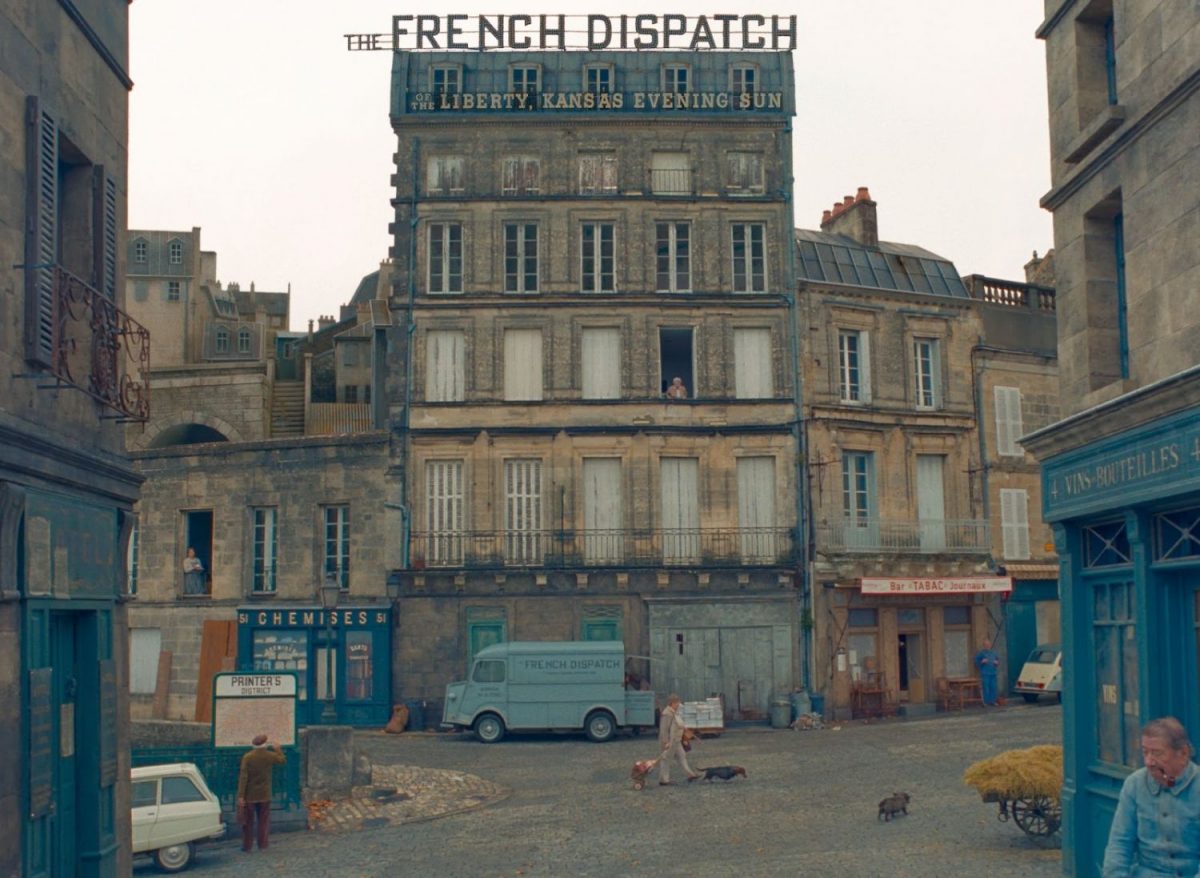
Cycling Through a Quirky French Village
Picture this: a bicycle zips past cobblestone lanes, while the narrator—ever the jokester—tells you all the juicy stories behind every turn. It’s not another travel vlog; it’s a tongue‑in‑cheek romp into the less‑glamorous side of a sleepy town.
Why You’ll Stay Hooked
- Instant Relatability – the host mixes hyperbole with everyday beats, making the locals feel more like neighbors than strangers.
- Dynamic Descriptions – witty wordplay turns ordinary streets into a canvas of silliness.
- Comedy on Wheels – the humor isn’t just verbal; it’s in the bouncy ride itself.
Director’s Signature Touch
Anderson’s filming style pulls you right into the frame, as if you’re peering through a frameless window at a stage‑play set frozen in time.
- Symmetry Supreme – every shot is balanced, almost architectural, creating a comforting visual rhythm.
- Wide‑Angle Wonder – expansive spaces open up, giving viewers a feel of the whole village in a single glance.
- Color Play – it dances between soft pastels and crisp black‑and‑white, offering bursts of visual contrast.
What not to Expect
Forget the fast‑cut rush of action flicks or the heart‑stopping shrieks of horror. This film follows a theatre‑style pacing where characters and landmarks roll onto the stage in a slow, deliberate procession. It’s all about the presence of the moment, not the chase.
Bottom Line
So, if you’re in it for a low‑key, laugh‑filled roller‑coaster through a slice of French life—with a direct, playful director at the helm—this is your movie. Enjoy the ride!
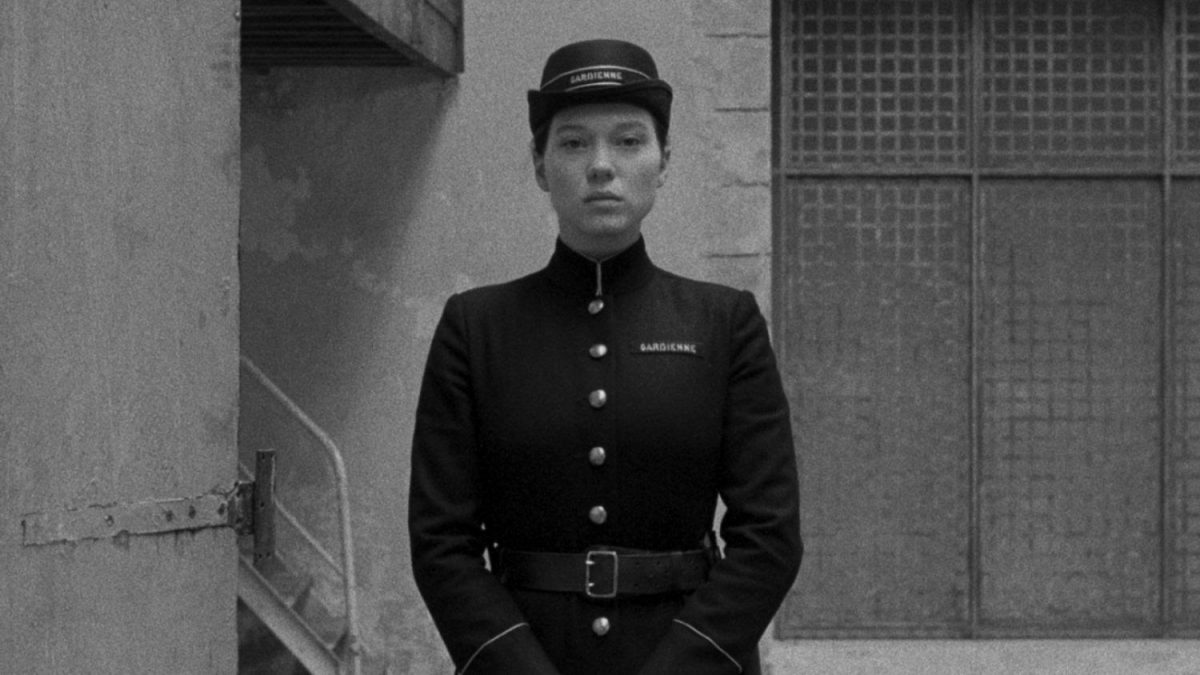
The Concrete Masterpiece: When Art Gets a Locked‑Down Plot Twist
Picture this: a French magazine writer dives headfirst into the world of a prison‑bound artist to uncover his rise to fame. Spoiler—it’s a tale of paint, passion, and one very determined guard.
Meet the Cast of Characters
- Tilda Swinton takes the lead as the intrepid staff writer from The French Dispatch, her curiosity turning the walls of a cell into a canvass of untold stories.
- Benicio del Toro plays Moses Rosenthaler, the imprisoned genius whose art becomes the talk of the town.
- Adrien Brody portrays a fellow art dealer who’s also locked up, adding a second layer of intrigue.
- Lea Seydoux is the mastermind guard, Simone, who’s more than a guard—she’s the muse and the love interest of Rosenthaler.
Why Lea Seydoux is the Real Star
Lea’s turn as Simone feels like a fresh breath of paint on a worn canvas. Cold, mysterious, and emotionally distant, she’s the perfect foil to del Toro’s raw, bearded intensity. Their on‑screen chemistry practically spills pigment—a stark contrast to the lukewarm pairing that lingered in her No Time To Die moments.
The Heart of the Story
At its core, The Concrete Masterpiece is a sizzling love story between art and the human heart. It’s about how a man trapped behind bars can still find beauty, how a guard can unlock not just doors but souls, and how a shared passion can ignite a spark that refuses to be snuffed out.
Time Is 20 Minutes, but the Impact Is Infinite
The film’s runtime might be just 20 minutes, but it delivers a punchy, emotionally resonant narrative. It’s a reminder that a short story can be as powerful and memorable as a full-length epic—if it’s told with the right mix of grit, humor, and genuine passion.
So, next time you’re stuck behind the screen, remember: even in concrete walls, art can paint freedom, love, and an unforgettable escape.
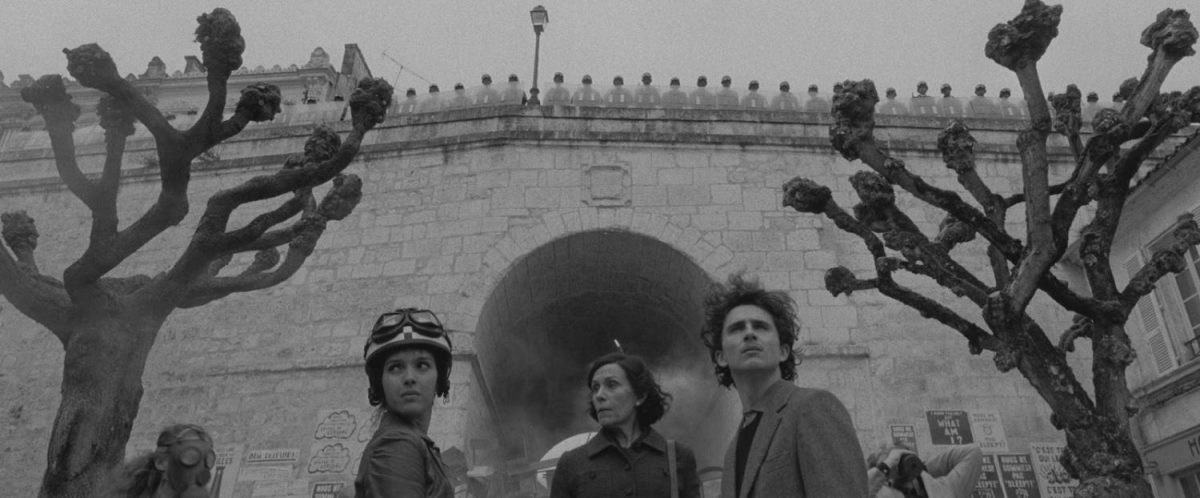
Revisions to a Manifesto: Timothée Chalamet’s Fresh‑Face Rebellion
Imagine a young student leading a revolt against a local government, juggling a police standoff and a chess duel with the authorities—all while wearing a trench coat and a brilliant one‑eyed smirk. That’s the crazy world of Revisions to a Manifesto, where Timothée Chalamet steps out of the sand‑swept dunes of Dune and into the shoes of Zeffirelli, a high‑school hero who’s less about raw fists and more about domineering board‑game tactics.
So what’s the plot actually about?
- We’re not chasing the clack of gunfire; we’re following a journalist’s journey.
- Lucinda Krementz (a.k.a. Frances McDormand in an ’80s reboot) starts out interviewing the rebellion, then finds herself tangled in Zeffirelli’s manifesto‑editing duties.
- It’s a case of pen‑and‑pianola—basically, a mixed‑media love story between ink, activism, and the occasional roll of Congress.
While the narrative may vanish into the crowded margins of The French Dispatch, it’s a quick refresher on Chalamet’s rapid‑fire chemistry, turning a “somewhat forgettable” movie into a showcase of star power. After rocking Dune and tackling a future Willy Wonka gig, this side role is a glimpse into an uncannily multi‑dimensional performer. Still, it’s nothing to compare to the carbon‑fired brilliance of Seydoux and Del Rio—they’re the denim‑clad icons of the chart‑top brigade.
The Private Dining Room of the Police Commissioner: A Culinary Catastrophe
Picture this: a feature on Chef Nescafe, the personal culinary mastermind of Commissioner Mathieu Amalric (a leonine blend of serving justice and pastry), spiraling into a kidnapping thriller that pairs high‑stakes suspense with a dash of absurdity.
- Edward Norton breaks into this scene as one of the kidnappers—because who hasn’t needed a wild side?
- Willem Dafoe is the prisoner, dressed to the nines in a trench coat that almost looks like a Swiss Army knife.
- Saoirse Ronan plays a loathsome showgirl, a character snatched from the depths of a baroque wardrobe nightmare.
- And watch the car chase—rendered in newspaper comic-style animation—lay out like a scoop of pepper sauce on a plate of buttery mullet.
This film is a gelatin‑packed mash‑up of comedy and drama that keeps you guessing whether you’re watching a heist or a bake‑off. The crew’s stunning storytelling and explosive cinematography will undoubtedly send the movie‑goers hip‑to‑hip, high‑fiving each other while they’re still trying to recover from the bewildering plot twists. If you haven’t already fallen for Anderson’s directorial flair, this is the moment.
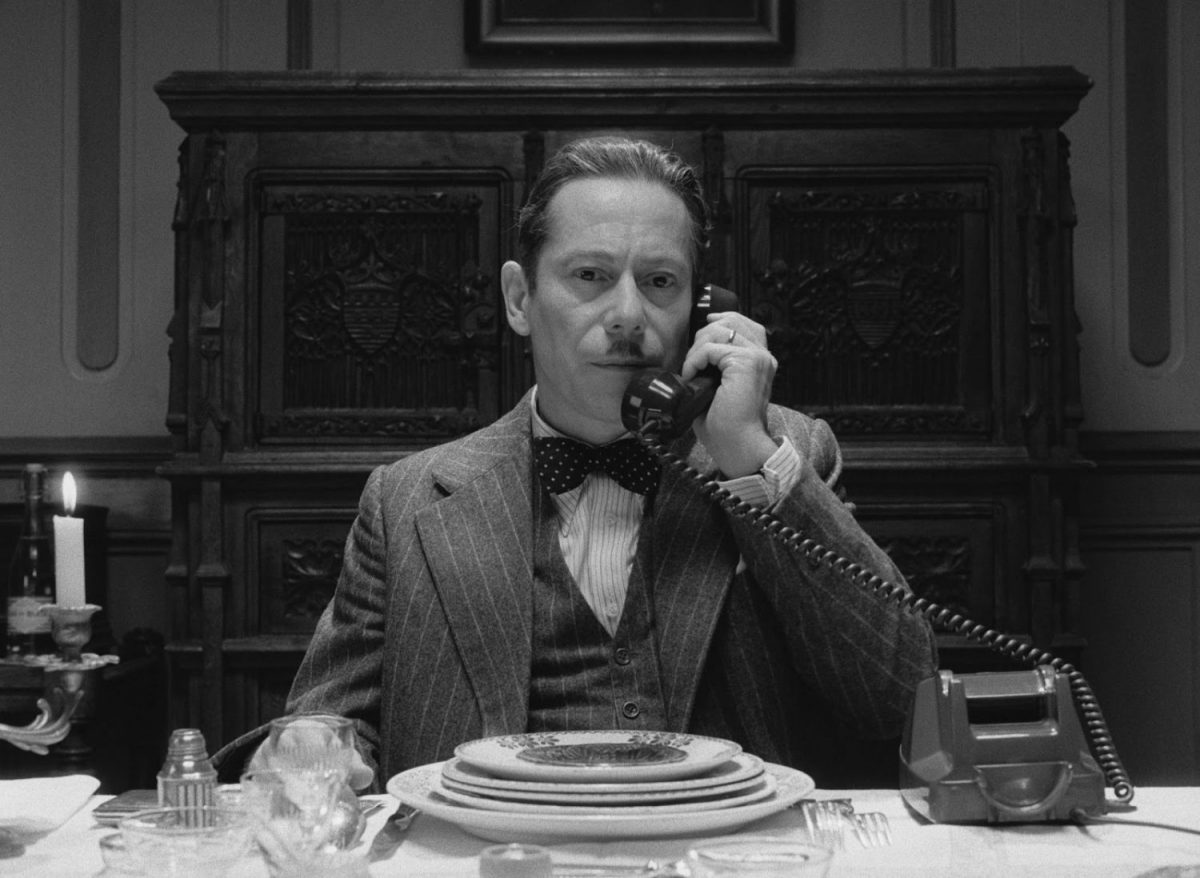
When the Editor Goes Missing: A Love Letter to the Journalists
Picture the quirkiest newsroom ever—The French Dispatch—coming together in the middle of a storm. The staff, wearing their most comfy jeans and mugs, are putting a heartfelt obituary together for their beloved editor who’s just slipped away.
What Happens in This Emotional Montage?
- Gathering of Heroes: Writers, copy‑editors, and even the stand‑by coffee machine all join forces.
- “We’ve Got This.” The newsroom faces the loss with a blend of grief and a dash of humor—think, spontaneous karaoke, but for clichés.
- The Obituary Is Born: It’s a beautifully written tribute that stitches together anecdotes, office jokes, and countless footnotes.
Why This Matters
You might have been swallowed by the cinematic “Wes Anderson” vibe—its pastel palettes and tilt‑ed shots—but this just keeps it real. The obituary reminds us that The French Dispatch is, at its core, a heartfelt shout‑out to the unsung heroes who keep the wheels spinning.
Takeaway Time
When the screen stops flashing and the coffee cups pour, the story gets dry and emotional again. It’s a gentle, almost sincere reminder: behind every glossy poster lies a writer’s heart and a storm of type‑written feels.
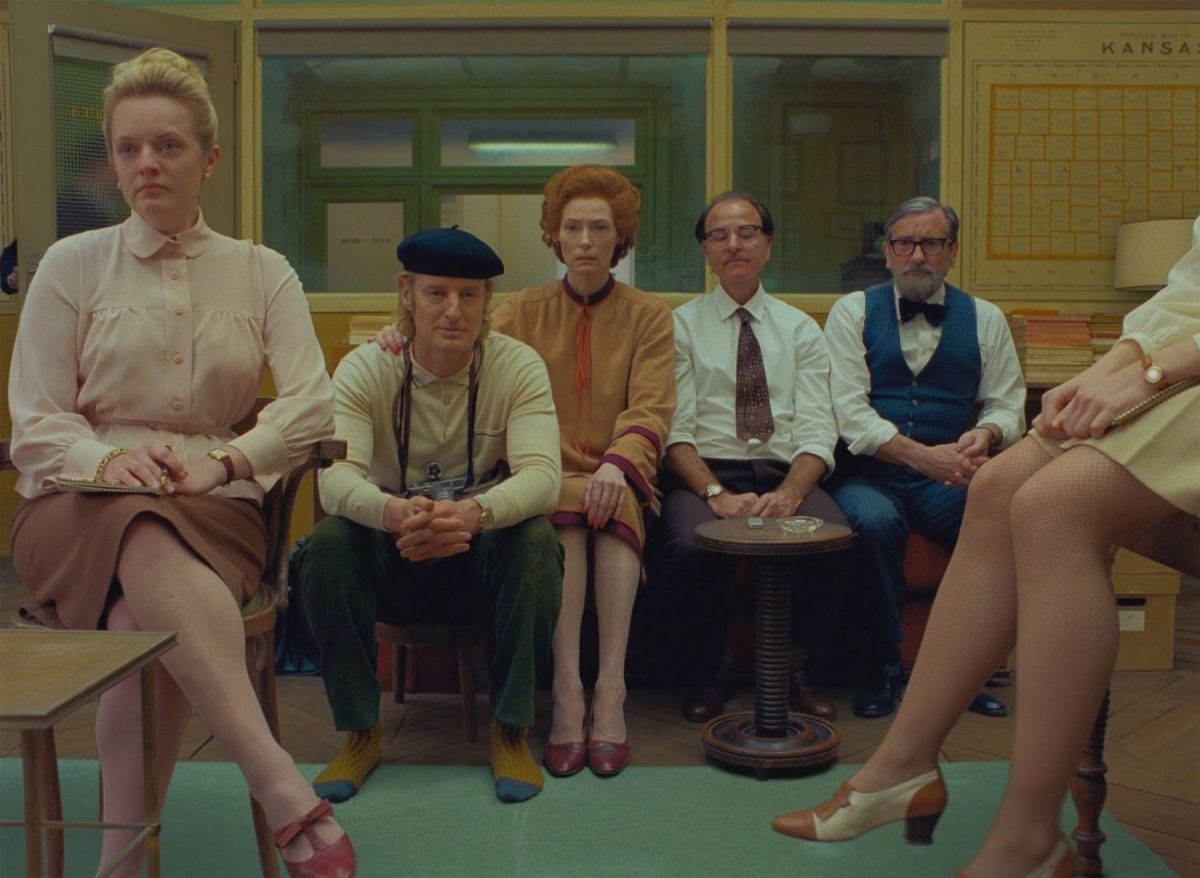
The French Dispatch: A Quirky Cinematic Feast
Imagine walking into a sleepy town that suddenly turns into a buzzing newsroom where every corner holds a story worth savoring. That’s the vibe Wes Anderson offers in The French Dispatch, a film that doesn’t aim for blockbuster glory but celebrates the art of storytelling in a uniquely bright, almost storybook way.
Why It Might Not be for Everyone
- It’s long‑form, with moments that linger like a certain kind of music.
- Anderson’s signature visual flair can feel like a slow dance rather than a dash‑past‑intro.
- Story beats interweave, making the whole thing feel like a patchwork quilt of character sketches.
What Makes It Stand Out
Anderson’s hand is unmistakable: the movie bursts with curiosity, a splash of quirkiness, and a pinch of that “no‑ordinary‑magic” flavor. The film’s heart beats in small, vibrant beats—each story a tasty morsel that, with the right seasoning, tastes gourmet.
Hands‑On Journalism in a Film
Just like seasoned reporters who keep a balanced eye on emotion and objectivity, Anderson’s narration keeps the viewers in tune with his artistic truth. You’ll find:
- Perspective Variety – each story shows the town from a fresh angle.
- Humanizing the Unscrupulous – you’ll even find yourself rooting for the alleged “killer.”
- Language That Feels Real – no stiff narration, just conversational charm.
The Cast: Aspects of Excellence
Even if you can’t find a story that sticks with you, the stellar ensemble ensures the movie keeps your eyes on the screen. Think Tilda Swinton, Elisabeth Moss, Owen Wilson, Jeffrey Wright, Lea Seydoux and a few other glam‑drawn figures that bring their own flavor to the table.
Takeaway
For those who adore cinema that’s as daring in composition as it is in narrative, The French Dispatch offers a delicious mix. It hangs on the line after credits, leaving you with stories that linger long enough to chew on. If the film’s pace feels like a long‑hike, you may still come away impressed by the artistry and the talent that makes each frame a spectacular bite.
Geek review score
Summary
The French Dispatch: A Quirky Ode to the Journalists
Picture a movie that looks like a postcard from Paris, with every frame perfectly colored and every character as detailed as a typewriter page. That’s Wes Anderson’s The French Dispatch—a love letter wrapped in a stylish, playful package that feels like a coffee‑shop conversation with a dozen plot twists.
What Makes It a Must‑Watch for Writers and Design Lovers
- All‑or‑nothing visuals: Think pastel palettes that feel as if they’d been there for centuries, yet still pop like a fresh espresso shot.
- Storytelling in miniature: The film is a collection of vignettes—each tiny story is like a micro‑novel, which gives your imagination plenty of room to roam.
- Witty dialogue: Who doesn’t enjoy a few snappy lines that make you say, “I could write that myself?”
- Classic camera quirks: Anderson’s trademark zooms and pans feel like they were hand‑painted, giving the viewer the experience of flipping through an illustrated magazine.
- Galaxy of characters: From earnest reporters to quirky editors, the cast feels like you already know them from that crowded café wall where the news is brewed.
Why It Makes Writers’ Hearts Beat Faster
Writers love the sensory detail—every headline, every headline’s layout…
- They can almost hear the paper’s rustle and feel the pressure to write something fresh.
- And because Anderson treats characters like living storybooks, these folks feel a personal invitation to pen their own narrative.
And It’s a Design Lover’s Dream
From color blocks to micro-animated typography, the film feels like a living canvas. The film is a single, working piece that proves that art, storytelling, and a sense of humor can all dance together in sync.
So if you’re a writer craving that little spark or a design enthusiast craving an army of charming aesthetics, The French Dispatch will have you laughing, nodding, and planning to jot down your next big idea. The movie isn’t just a film—it’s a catchy pep talk for your creative life!
Harry Potter’s Hogwarts Reunion: A Trailer Worth Iguana Eyes
Grab the broomsticks—the Hogwarts saga is back in the magic-hued limelight. The fresh Harry Potter reunion special gives fans a first glimpse of the iconic castle, and it’s piling on the nostalgia with a dash of surprise that’ll make even Ron Weasley look perplexed.
What’s the Deal?
- Emma Watson returns as the brainy Hermione, and she’s not just pulling a note from the desk—she’s got a whole wizarding wardrobe update.
- Robbie Coltrane, master of the bellowing TARDIS voice and, apparently, now the voice of the Hogwarts caretaker, joins the cast.
- As we see the ancient halls, we also catch a teaser of the legendary “Sorting Hat” doing a quick spin—a new twist, perhaps?
Humor in the Hallways
The trailer leans into light‑hearted moments that remind us why we love this series: shaky-fly by the Hogwarts Wand Shop, playful banter in the corridor, and a splash of wizards attempting to keep their outfits from plaid. Hint: somebody’s probably still pretending to be a Professor McGonagall‑style, but it looks more like a middle‑school project.
Why It Matters
Such a reunion could reshuffle the narrative cake we baked for 20 years. The trailer leaves fans emotionally perched on their seats—because, true wizarding essence is in inspiration, love, and a sprinkle of sarcasm.
Stay Tuned
Keep your enchanted eye on the release date—we’ll have the official time next week, so you know when you’ll be able to put on your Hogwarts robes and experience the nostalgia “safety net” at home.




